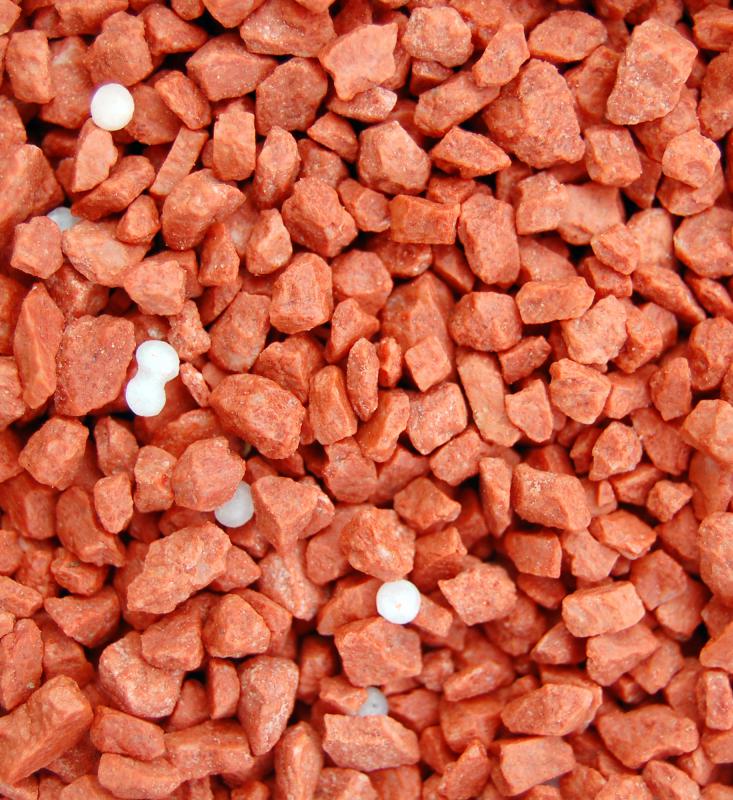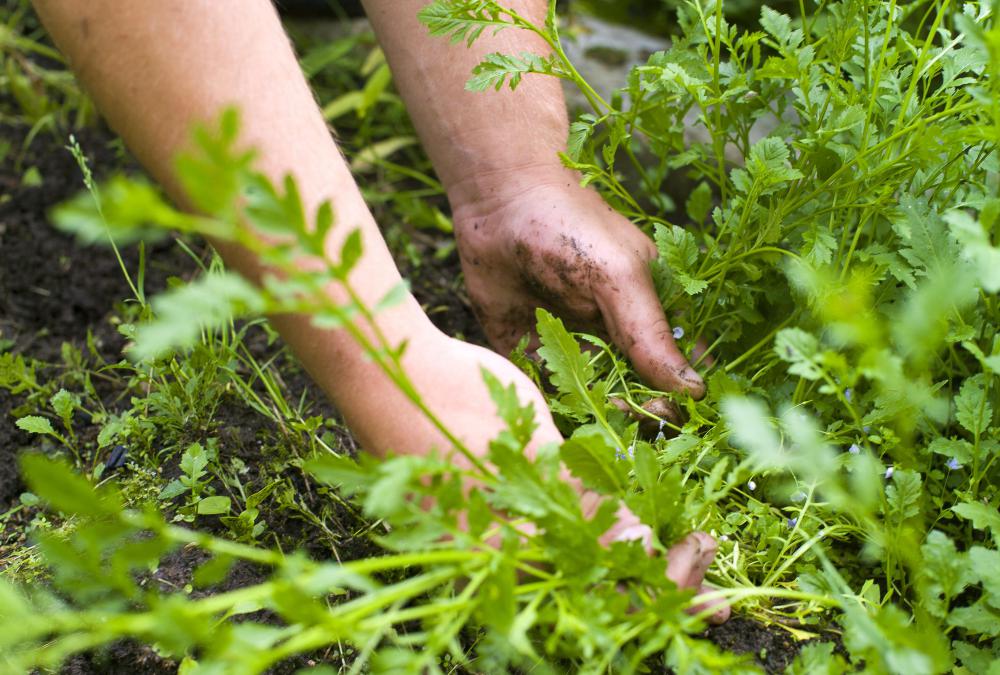At WiseGEEK, we're committed to delivering accurate, trustworthy information. Our expert-authored content is rigorously fact-checked and sourced from credible authorities. Discover how we uphold the highest standards in providing you with reliable knowledge.
How Should I Care for my Hedges?
Well-maintained hedges can add beauty to the exterior of a home. They can also add privacy when planted around the boundaries of a property. To keep them in good condition and preserve their aesthetic appeal, it is necessary trim them on a regular basis.
If your hedges are young, it is wise to put effort into controlling their growth and keeping them compact. If you allow them to grow upward unimpeded, the lower branches may grow further apart than is desirable and unsightly gaps may appear toward the bottom portion. Instead, trim your hedges by about a third, after planting, and do the same after they’ve been growing for a year. By doing so, you encourage the type of dense growth most people find desirable. After the second year of growth, trim them in gradually decreasing amounts, until your hedges are as tall and wide as you desire.

Weeding is important for keeping hedges in tiptop shape. This is particularly important while they are still young and not very well established. Weeding helps to encourage the plants to grow and keeps them from having important nutrients and water stolen away.
Feeding your hedges is also vital for keeping them healthy. Apply mulch yearly or use a good fertilizer. Be sure to read the instructions on the fertilizer package carefully, however, to prevent overfeeding.

If you have hedges that are already well established, and you want a formal look, keep up with them by trimming in the early part of the summer or fall. In some cases, you may discover a need to trim them in both seasons. You may be tempted to skip trimming if you are very busy, but doing so can lead to wild, overgrown plants that are very difficult to tame.

If you have informal hedges, you may not have to trim them as often. To prevent them from becoming straggly looking, however, you should pay close attention their appearance, cutting damaged, overgrown, and shape-spoiling branches as needed. It may also be helpful to remove some of the older growth each year to allow for new growth, keeping the plants fresh. This job is best tackled once flowering or fruit bearing is completed.
AS FEATURED ON:
AS FEATURED ON:













Discussion Comments
How often do I water newly planted hedges?
Post your comments